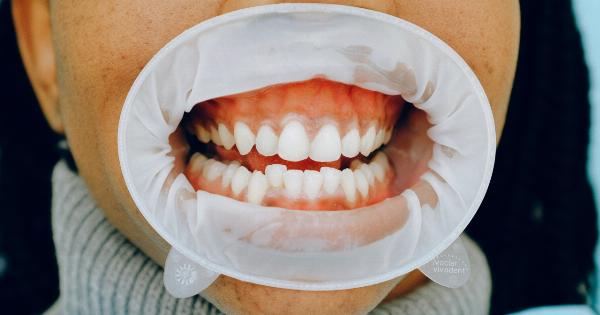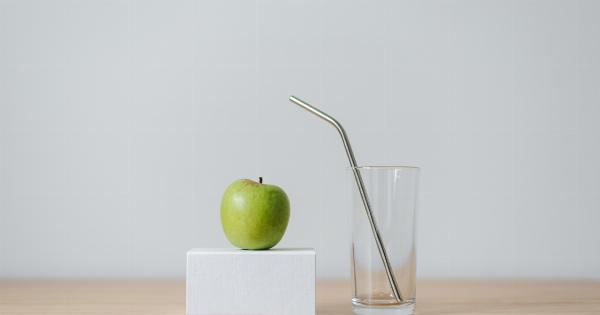Chewing gum is a popular product enjoyed by millions of people around the world. Whether you use it as a breath freshener, to help with concentration, or simply for enjoyment, the condition of your gum can greatly impact your chewing experience.
In this article, we will explore how you can predict the condition of your gum and ensure that you are getting the most out of your chewing experience.
1. Expiration Date
One of the easiest ways to predict the condition of your gum is by checking its expiration date. Like any other food product, chewing gum has a shelf life, and consuming it past the expiration date may result in a less pleasant chewing experience.
Pay attention to the date printed on the packaging and make sure to consume your gum before it expires.
2. Check for Damaged Packaging
Inspect the packaging of the gum for any signs of damage or tampering. If the packaging is torn, punctured, or shows any other signs of being compromised, there is a chance that the gum inside may have been affected.
This could lead to a change in the gum’s texture, taste, or overall quality. It’s best to avoid consuming gum with damaged packaging.
3. Visual Inspection
Before popping a piece of gum into your mouth, take a moment to visually inspect it. Look for any discoloration, unusual lumps, or other visible abnormalities. A fresh and high-quality gum should appear uniform in color and texture.
If you notice any irregularities, it may indicate that the gum has gone bad or is of subpar quality.
4. Smell Test
Another way to predict the condition of your gum is by giving it a sniff. Fresh chewing gum should have a pleasant, inviting smell. If the gum emits any strange odors, such as a sour or chemical-like scent, it may be an indication of spoilage.
Trust your sense of smell and steer clear of gum with an unusual or unpleasant odor.
5. Texture Check
The texture of the gum is a crucial factor in determining its condition. Place a small piece of gum on your fingertip and gently squeeze it. Fresh gum should feel soft, pliable, and slightly sticky.
If the gum feels too hard, brittle, or excessively sticky, it may be a sign that it is old or past its prime. Avoid chewing gum with an undesirable texture.
6. Taste Test
Of course, the taste of chewing gum is a key aspect of the chewing experience. Once you start chewing a piece of gum, pay attention to its taste. A fresh gum should have a flavorful and enjoyable taste that lasts for a reasonable amount of time.
If the taste is bland, too strong, or quickly dissipates, it may indicate that the gum is no longer in optimal condition.
7. Storage Conditions
The way you store your gum can significantly impact its condition. Chewing gum is best kept in a cool, dry place away from direct sunlight and excessive heat.
Heat and humidity can accelerate the deterioration of the gum, causing it to harden, lose flavor, or become sticky. Ensure that you store your gum in the recommended conditions to maintain its quality.
8. Quality and Brand Reputation
When purchasing chewing gum, opt for trusted brands with a good reputation for quality. Established gum manufacturers prioritize the use of high-quality ingredients and follow strict production processes to ensure consistency and freshness.
By choosing reputable brands, you can have more confidence in the condition of the gum you are consuming.
9. Consumer Reviews
Before trying a new brand or flavor of gum, consider checking online reviews or asking for recommendations from friends and family. Consumer reviews can give you valuable insights into the condition and overall quality of different gum products.
Pay attention to feedback regarding freshness, taste, and texture to make an informed decision.
10. Trust Your Instincts
Ultimately, your instincts can be a reliable predictor of the gum’s condition. If something feels off about the gum, even if you can’t pinpoint exactly why, it’s best to trust your gut feeling and err on the side of caution.
It’s always better to be safe than sorry when it comes to consuming food products.
Conclusion
Predicting the condition of your gum is crucial to ensure a satisfying chewing experience.
By following the tips mentioned in this article, such as checking the expiration date, inspecting the packaging, and trusting your senses, you can make informed decisions about the gum you consume. Remember to store your gum properly and choose reputable brands to maximize freshness and quality.



























